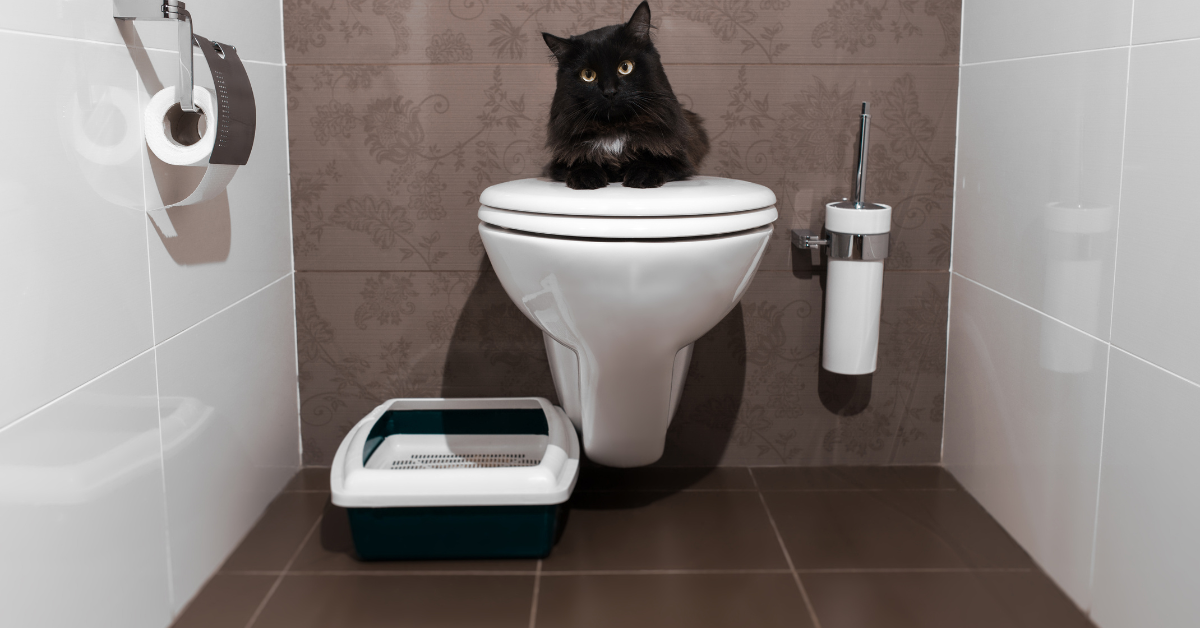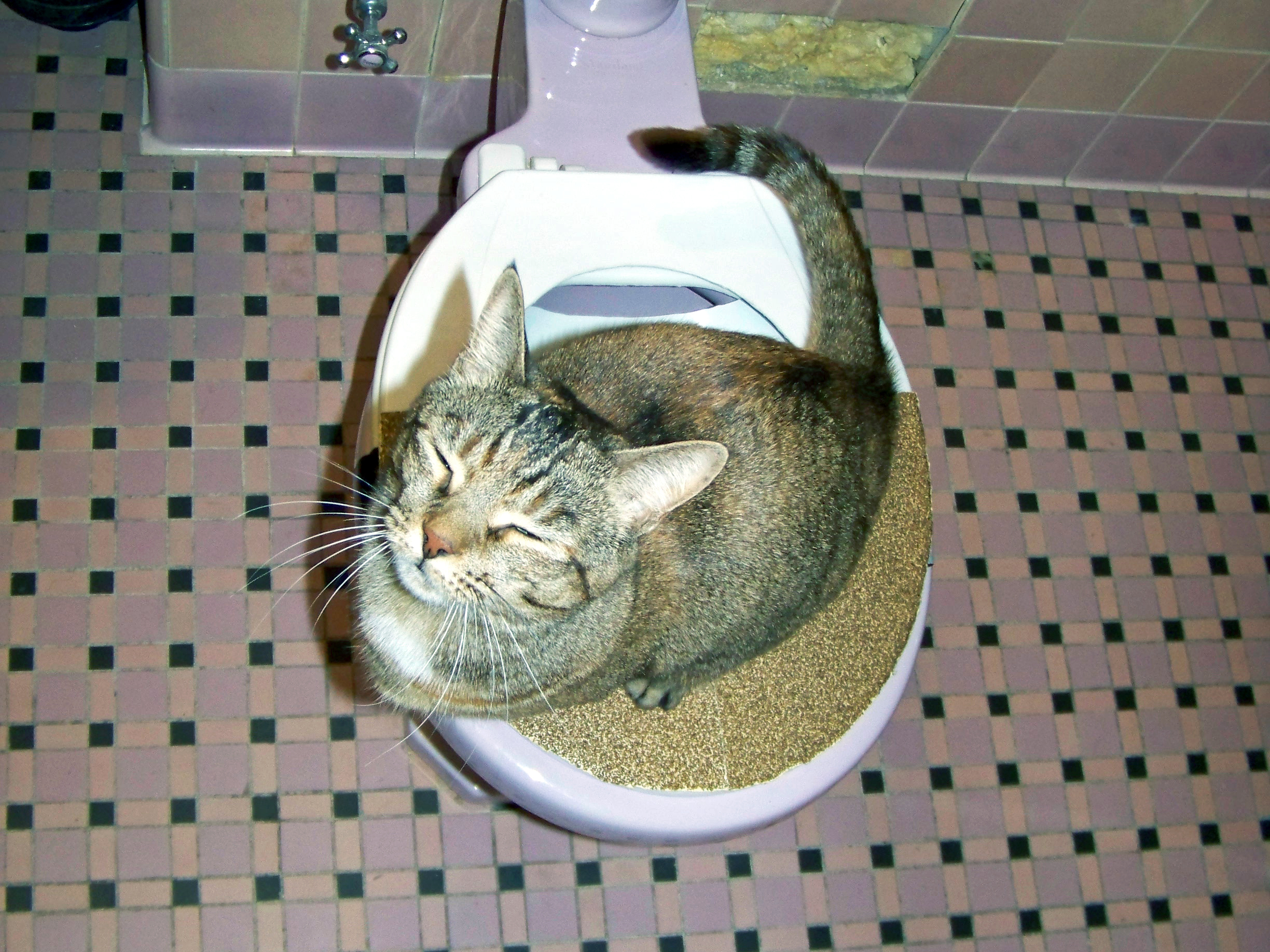Our Perils of Animal Waste in the Toilet
Our Perils of Animal Waste in the Toilet
Blog Article
The article listed below relating to 10 Things You Should Never Flush Down The Toilet is really enjoyable. Don't bypass it.

When it concerns throwing away waste, specifically animal waste, many people commonly consider the practical choice of flushing it down the commode. However, this apparently easy service can have serious consequences for the setting and public health. In this short article, we'll explore why flushing animal waste down the commode is a bad concept and provide alternative methods for appropriate disposal.
Intro
Proper garbage disposal is vital for preserving environmental sustainability and public health. While it might appear harmless to purge animal waste down the toilet, it can lead to different issues, both for the setting and human well-being.
Threats of flushing animal waste
Ecological impact
Purging animal waste presents damaging bacteria and microorganisms right into waterways, which can adversely influence aquatic ecological communities. These pathogens can pollute water resources and injury aquatic life, interfering with delicate environments.
Public health problems
Pet waste contains damaging microorganisms such as E. coli and Salmonella, which can posture serious health dangers to humans. Flushing animal waste down the toilet can pollute water materials, bring about the spread of diseases and infections.
Alternatives to flushing
As opposed to purging animal waste down the bathroom, there are numerous alternate disposal techniques that are more eco-friendly and sanitary.
Composting
Composting pet waste is an eco-friendly way to deal with it. By composting, organic matter is broken down right into nutrient-rich dirt, which can be used to feed yards and plants.
Garbage dump disposal
Disposing of pet waste in a garbage dump is another choice. While not as environmentally friendly as composting, it is a more secure option to flushing, as it protects against the contamination of water resources.
Animal garbage disposal systems
There are specific pet dog waste disposal systems offered that securely and hygienically get rid of animal waste. These systems frequently make use of enzymes to break down waste and eliminate smells.
Steps to proper animal garbage disposal
To make certain proper disposal of animal waste, follow these steps:
Scooping and nabbing waste
Consistently scoop and bag pet waste using biodegradable bags. This avoids waste from polluting the atmosphere.
Using designated waste bins
Dispose of bagged pet waste in marked waste containers, such as compost containers or garbage dump containers. Stay clear of flushing it down the commode in any way expenses.
Cleaning can and family pet areas routinely
Regularly tidy can and animal locations to avoid the buildup of waste and microorganisms. Use pet-safe cleansing products to maintain hygiene.
Advantages of correct disposal approaches
Adopting appropriate disposal approaches for pet waste supplies numerous benefits:
Lowered environmental pollution
Correct disposal techniques minimize the threat of environmental pollution, safeguarding rivers and environments from contamination
Reduced threat of water contamination.
By avoiding flushing animal waste down the bathroom, the threat of water contamination is considerably minimized, safeguarding public health.
Improved hygiene and health
Proper disposal techniques promote much better cleanliness and hygiene, creating a safer environment for both human beings and animals.
Conclusion
In conclusion, flushing animal waste down the toilet is damaging to the atmosphere and public health. By taking on alternate disposal methods and following correct waste administration methods, we can minimize the website adverse effect of animal waste and add to a cleaner, healthier earth.
Why You Should Never Flush Cat Poop Down the Toilet
A rose by any other name might smell as sweet, but not all poop is created equal. Toilets, and our sewage systems, are designed for human excrement, not animal waste. It might seem like it couldn’t hurt to toss cat feces into the loo, but it’s not a good idea to flush cat poop in the toilet.
First and foremost, assuming your cat uses a litter box, any waste is going to have litter on it. And even the smallest amount of litter can wreak havoc on plumbing.
Over time, small amounts build up, filling up your septic system. Most litter sold today is clumping; it is made from a type of clay that hardens when it gets wet. Ever tried to scrape old clumps from the bottom of a litter box? You know just how cement-hard it can get!
Now imagine just a small clump of that stuck in your pipes. A simple de-clogger like Drano isn’t going to cut it. And that means it’s going to cost you big time to fix it.
For an amusing, graphic tale of what happens when you flush too much litter down the toilet all at once, take a few minutes to read Gene Weingarten’s 2017 Washington Post column “So that’s what happens when you flush cat litter down the toilet.”
Parasitic Contamination
Believe it or not, your healthy kitty may be harboring a nasty parasite. Only cats excrete Toxoplasma in their feces. Yet it rarely causes serious health issues in the cats that are infected. Most people will be fine too if infected. Only pregnant women and people with compromised immune systems are at risk. (If you’ve ever heard how women who are expecting are excused from litter cleaning duty, Toxoplasma is why.)
But other animals may have a problem if infected with the parasite. And human water treatment systems aren’t designed to handle it. As a result, the systems don’t remove the parasite before discharging wastewater into local waterways. Fish, shellfish, and other marine life — otters in particular — are susceptible to toxoplasma. If exposed, most will end up with brain damage and many will die.
Depending on the species of fish, they may end up on someone’s fish hook and, ultimately on someone’s dinner plate. If that someone has a chronic illness, they’re at risk.
Skip the Toilet Training
We know there are folks out there who like to toilet train their cats. And we give them props, it takes a lot of work. But thanks to the toxoplasma, it’s not a good idea.
Leave the toilet to the humans, and accept your future litter cleaning duty.

Regularly tidy can and animal locations to avoid the buildup of waste and microorganisms. Use pet-safe cleansing products to maintain hygiene.
Advantages of correct disposal approaches
Adopting appropriate disposal approaches for pet waste supplies numerous benefits:
Lowered environmental pollution
Correct disposal techniques minimize the threat of environmental pollution, safeguarding rivers and environments from contamination
Reduced threat of water contamination.
By avoiding flushing animal waste down the bathroom, the threat of water contamination is considerably minimized, safeguarding public health.
Improved hygiene and health
Proper disposal techniques promote much better cleanliness and hygiene, creating a safer environment for both human beings and animals.
Conclusion
In conclusion, flushing animal waste down the toilet is damaging to the atmosphere and public health. By taking on alternate disposal methods and following correct waste administration methods, we can minimize the website adverse effect of animal waste and add to a cleaner, healthier earth.
Why You Should Never Flush Cat Poop Down the Toilet
A rose by any other name might smell as sweet, but not all poop is created equal. Toilets, and our sewage systems, are designed for human excrement, not animal waste. It might seem like it couldn’t hurt to toss cat feces into the loo, but it’s not a good idea to flush cat poop in the toilet.
First and foremost, assuming your cat uses a litter box, any waste is going to have litter on it. And even the smallest amount of litter can wreak havoc on plumbing.
Over time, small amounts build up, filling up your septic system. Most litter sold today is clumping; it is made from a type of clay that hardens when it gets wet. Ever tried to scrape old clumps from the bottom of a litter box? You know just how cement-hard it can get!
Now imagine just a small clump of that stuck in your pipes. A simple de-clogger like Drano isn’t going to cut it. And that means it’s going to cost you big time to fix it.
For an amusing, graphic tale of what happens when you flush too much litter down the toilet all at once, take a few minutes to read Gene Weingarten’s 2017 Washington Post column “So that’s what happens when you flush cat litter down the toilet.”
Parasitic Contamination
Believe it or not, your healthy kitty may be harboring a nasty parasite. Only cats excrete Toxoplasma in their feces. Yet it rarely causes serious health issues in the cats that are infected. Most people will be fine too if infected. Only pregnant women and people with compromised immune systems are at risk. (If you’ve ever heard how women who are expecting are excused from litter cleaning duty, Toxoplasma is why.)
But other animals may have a problem if infected with the parasite. And human water treatment systems aren’t designed to handle it. As a result, the systems don’t remove the parasite before discharging wastewater into local waterways. Fish, shellfish, and other marine life — otters in particular — are susceptible to toxoplasma. If exposed, most will end up with brain damage and many will die.
Depending on the species of fish, they may end up on someone’s fish hook and, ultimately on someone’s dinner plate. If that someone has a chronic illness, they’re at risk.
Skip the Toilet Training
We know there are folks out there who like to toilet train their cats. And we give them props, it takes a lot of work. But thanks to the toxoplasma, it’s not a good idea.
Leave the toilet to the humans, and accept your future litter cleaning duty.

We were made aware of that editorial on from a pal on another domain. Kindly take the opportunity to promote this content if you enjoyed reading it. Thanks so much for your time invested reading it.
Visit Report this page